In the remote Arctic settlement of Longyearbyen, polar bear encounters are not just a possibility—they’re a reality. Nestled in the Svalbard archipelago, this Norwegian town is one of the few places on Earth where humans and polar bears coexist in close proximity. For residents and visitors alike, understanding the local regulations around firearm possession isn’t just a matter of compliance; it’s a critical survival skill. The polar bear alert system in Longyearbyen is a constant reminder of the wild nature of this frontier, and obtaining a gun license is a process steeped in both legal rigor and practical necessity.
The Svalbard Environmental Act mandates that anyone venturing outside the settlement’s designated safe zones must carry appropriate means of deterring polar bears. While flare guns and noise-making devices are encouraged as first-line deterrents, firearms remain the last resort for life-threatening situations. This has created a unique cultural and legal landscape where gun ownership is widespread yet tightly controlled. Unlike mainland Norway, where firearm regulations are stringent, Svalbard’s rules acknowledge the existential threat posed by its apex predators.
Applying for a firearm license in Longyearbyen begins with demonstrating a legitimate need. Tourists undertaking guided expeditions typically rely on their outfitters’ permits, while researchers, hunters, and long-term residents must navigate a more involved process. The local governor’s office, the Sysselmesteren, oversees applications with a focus on safety competence rather than bureaucratic hurdles. Prospective license holders must complete a mandatory polar bear safety course covering behavior recognition, non-lethal deterrents, and—only when absolutely necessary—the ethical use of lethal force.
The training includes live-fire exercises with large-caliber rifles, the only firearms deemed effective against a charging polar bear. Instructors emphasize shot placement and situational awareness, as wounding a bear without neutralizing it could escalate danger. Remarkably, the curriculum also delves into the ecological status of polar bears as a protected species, reinforcing that killing one is both a legal and moral last resort. This duality—preparing individuals to take life while instilling deep respect for it—reflects Svalbard’s delicate balance between human safety and conservation.
Documentation requirements reveal the archipelago’s unique governance. Applicants must provide proof of clean criminal records from their home countries, but the Sysselmesteren retains discretion to approve licenses for those with minor infractions if the Arctic context warrants it. Mental health evaluations, while not explicitly required, often surface during the interview process—a nod to the psychological challenges of living in isolation with constant environmental threats. Successful applicants receive licenses valid only for specific firearm types, typically bolt-action rifles chambered in .308 Winchester or larger.
Firearm storage laws in Longyearbyen are as distinctive as the licensing process. Unlike mainland regulations requiring guns to be disassembled or locked in safes, Svalbard permits loaded rifles in homes due to the possibility of bears entering settlements. However, transporting firearms within town limits demands they be unloaded and cased, creating a paradox where a rifle leaning against a café wall might be legal during a polar bear alert, but carrying it openly down the street could incur penalties. This nuanced approach reflects the community’s pragmatic adaptation to their environment.
The cultural significance of firearms here transcends personal protection. Local shooting ranges serve as social hubs where newcomers learn from seasoned residents, exchanging bear encounter stories alongside marksmanship tips. Annual rifle maintenance workshops double as community gatherings, reinforcing collective responsibility for safety. Even the ubiquitous polar bear warning signs—featuring rifle crosshairs as their universal symbol—speak to the deeply ingrained firearm culture that differs radically from gun debates elsewhere in the world.
Critics argue that normalizing firearms creates unnecessary risk in a community with few violent crimes. Yet statistics show accidental discharges are exceptionally rare, attributed to the rigorous training and the cultural gravity attached to gun ownership. The real debate centers on climate change’s impact: as shrinking sea ice alters polar bear behavior, some advocate for expanding deterrent training rather than relying on lethal options. Recent initiatives now include electric fences around playgrounds and motion-activated lights in outlying areas—preventative measures that may reduce firearm dependence over time.
For now, the crack of a warning shot echoing across Longyearbyen’s frozen valleys remains an unmistakable sound of life at 78 degrees north. The firearm licensing system, born of necessity and refined by generations of Arctic experience, stands as a testament to human adaptation in extreme environments. It’s a system where every approved license represents not just legal permission, but a solemn understanding of responsibility toward both community and ecosystem—a balance as precarious and vital as the Svalbard ice itself.
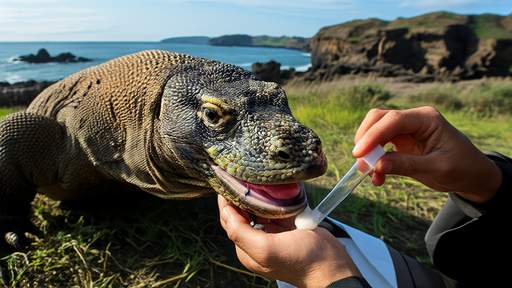
By /Jun 5, 2025
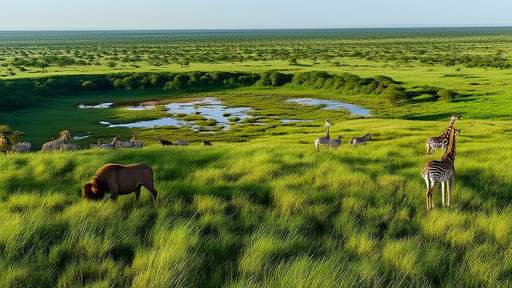
By /Jun 5, 2025
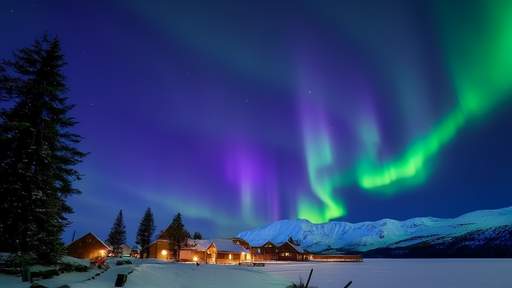
By /Jun 5, 2025
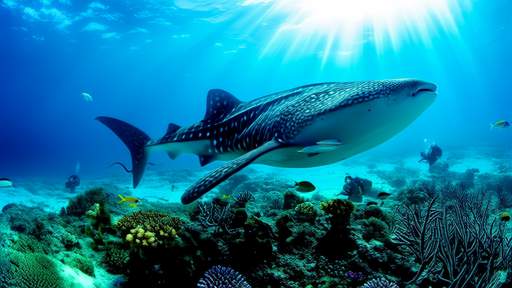
By /Jun 5, 2025

By /Jun 5, 2025

By /Jun 5, 2025
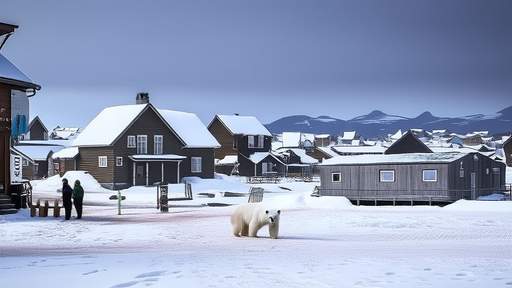
By /Jun 5, 2025
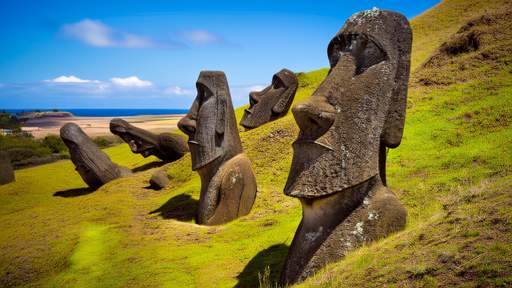
By /Jun 5, 2025
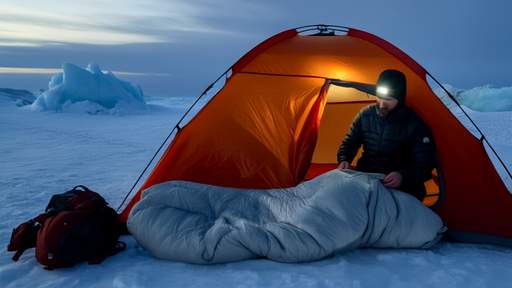
By /Jun 5, 2025

By /Jun 5, 2025
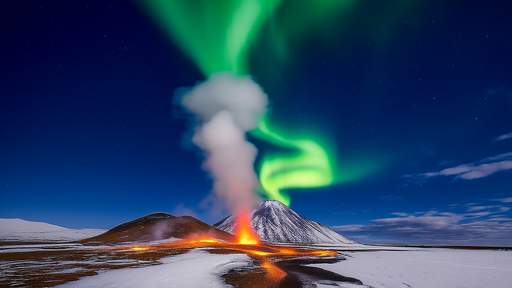
By /Jun 5, 2025

By /Jun 5, 2025
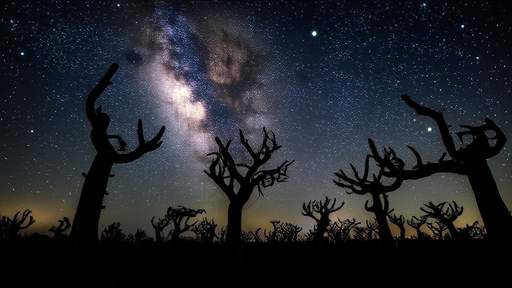
By /Jun 5, 2025
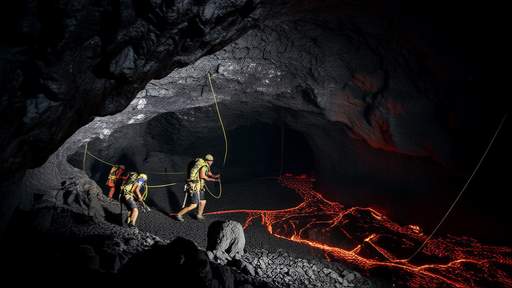
By /Jun 5, 2025

By Victoria Gonzalez/Jun 4, 2025
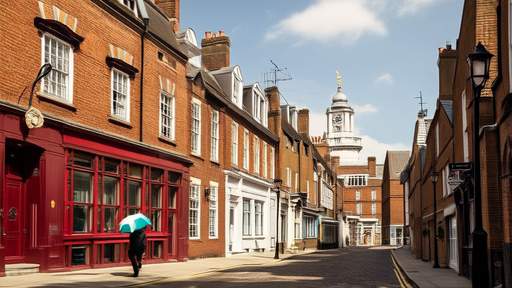
By Grace Cox/Jun 4, 2025
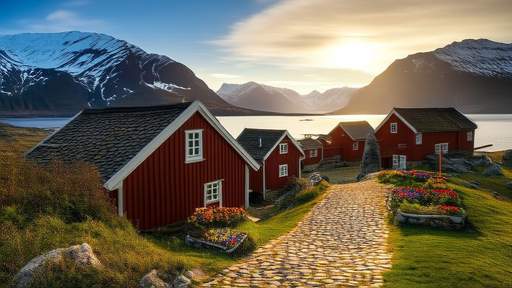
By Sophia Lewis/Jun 4, 2025
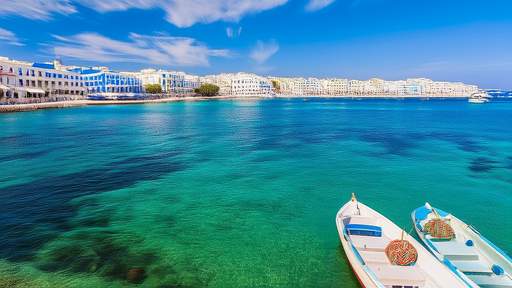
By Elizabeth Taylor/Jun 4, 2025
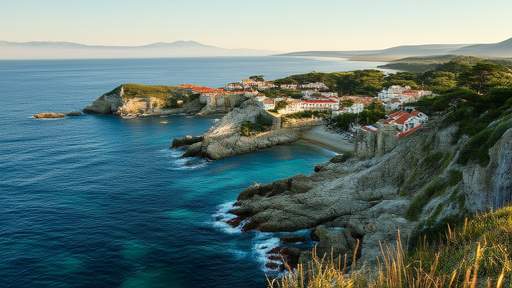
By Megan Clark/Jun 4, 2025

By Megan Clark/Jun 4, 2025